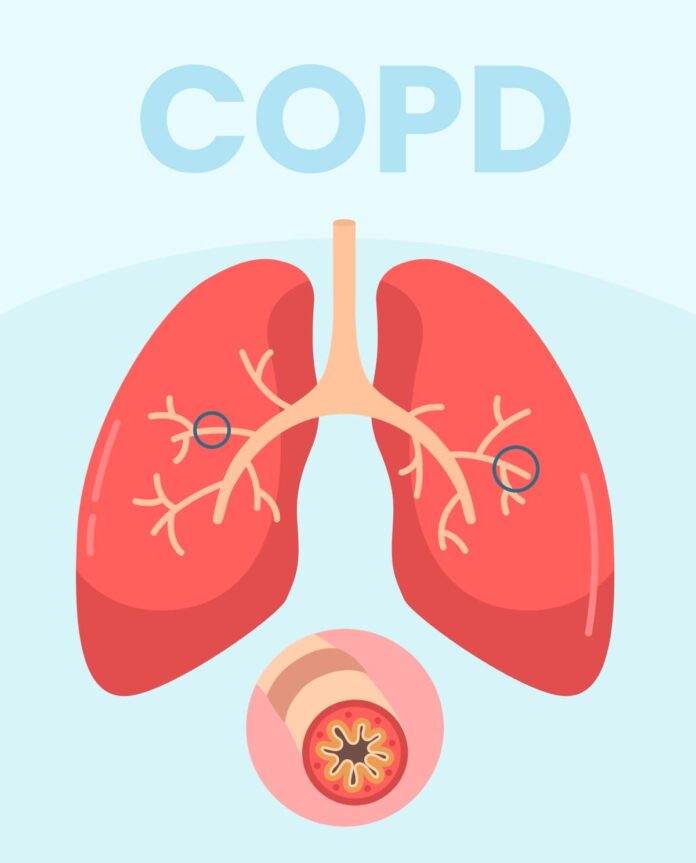Chronic Obstructive Pulmonary Disease (COPD) is a progressive lung condition characterized by obstructed airflow, making it difficult to breathe. Its primary causes include smoking, occupational hazards, and air pollution. In recent years, the risk of COPD due to air pollution has increased significantly, as pollutants like particulate matter (PM2.5), nitrogen oxides, sulfur dioxide, and ground-level ozone can damage lung tissues and exacerbate respiratory diseases.
Understanding the Link Between Air Pollution and COPD
- Particulate Matter (PM2.5 and PM10): Tiny particles can penetrate deep into the lungs, causing inflammation, reduced lung function, and exacerbation of COPD symptoms.
- Ozone: Ground-level ozone, formed by pollutants reacting under sunlight, irritates the respiratory system and aggravates COPD.
- Nitrogen Oxides and Sulfur Dioxide: These gases are common in vehicle emissions and industrial pollution, contributing to airway inflammation.
- Indoor Pollution: Smoke from cooking, burning biomass, and poorly ventilated spaces also increases COPD risks.
Prevention Methods to Lower the Risk
- Reduce Outdoor Exposure:
- Monitor Air Quality: Check the Air Quality Index (AQI) and limit outdoor activities during high-pollution days.
- Avoid Peak Hours: Reduce exposure to traffic emissions by avoiding peak hours.
- Use Masks: Wear high-quality masks (e.g., N95) in polluted environments.
- Enhance Indoor Air Quality:
- Air Purifiers: Use air purifiers with HEPA filters to reduce indoor pollutants.
- Ventilation: Ensure proper ventilation when using stoves or other combustion sources.
- No Smoking: Eliminate smoking indoors and avoid secondhand smoke.
- Adopt Healthy Habits:
- Quit Smoking: Smoking is a major risk factor; quitting significantly reduces COPD risk.
- Exercise Regularly: Engage in breathing exercises and light physical activities to strengthen lung capacity.
- Balanced Diet: Include antioxidant-rich foods like fruits, vegetables, and nuts to combat oxidative stress.
- Advocate for Clean Air Policies:
- Support initiatives promoting cleaner transportation, renewable energy, and reduced industrial emissions.
- Medical Management:
- Early Detection: Regular lung function tests (spirometry) can help detect early signs of COPD.
- Vaccination: Stay updated on vaccinations (e.g., flu and pneumonia) to prevent infections that worsen COPD.
Doctor’s Advice
- Routine Checkups: If you have a history of smoking or long-term exposure to pollutants, visit a pulmonologist for regular evaluations.
- Symptom Management: For diagnosed COPD, inhalers, medications, and pulmonary rehabilitation can improve quality of life.
- Avoid Triggers: Identify and minimize exposure to personal COPD triggers, such as allergens or specific pollutants.
By taking proactive measures and seeking medical guidance, the risk of developing COPD due to air pollution can be significantly reduced.



